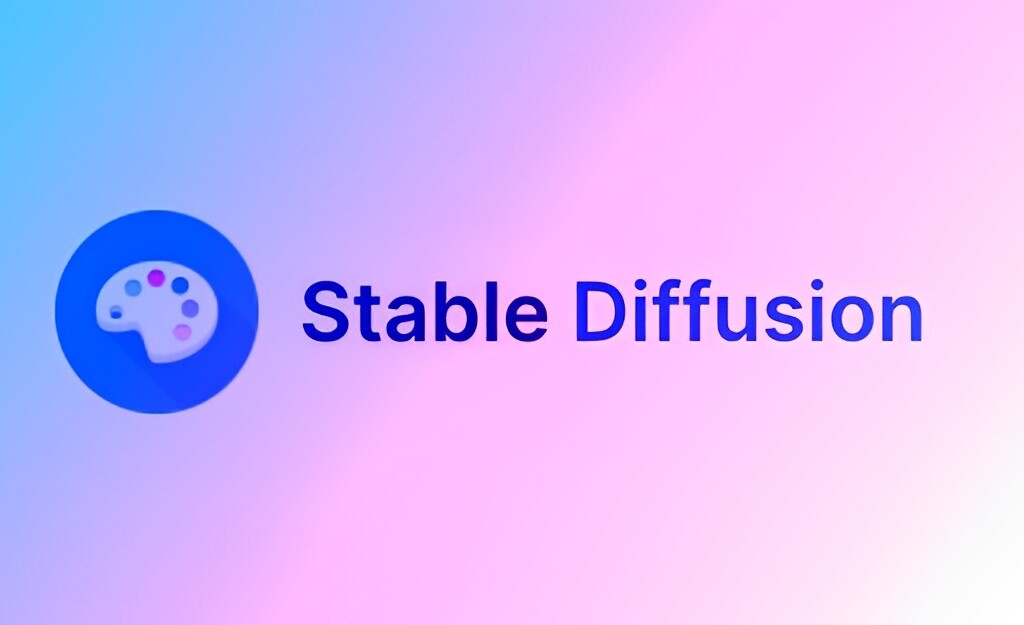
AI-Generated Art: The Promise and Peril of Stable Diffusion
Artificial Intelligence is no longer confined to predicting numbers or analyzing spreadsheets. With the advent of Stable Diffusion, a text-to-image deep learning model, AI has stepped into the world of art — turning written prompts into photorealistic or stylistically rich images. This shift raises both excitement and difficult questions: Can a machine truly “create art”? What happens to the role of human artists? And who owns the copyright of an AI-generated image?
1. How Stable Diffusion Works
At its core, Stable Diffusion belongs to a family of models called diffusion models. The principle is deceptively simple:
- Take an image and gradually add random Gaussian noise until it becomes unrecognizable.
- Train a neural network to reverse this process — to denoise step by step.
- Guide the denoising using a text embedding so the output matches your prompt.
\( q(x_t \mid x_{t-1}) = \mathcal{N}(x_t; \sqrt{1-\beta_t}\,x_{t-1}, \beta_t I) \)
Here, \(x_t\) is the noisy image at step \(t\), and \(\beta_t\) controls how much noise is added. The network learns to predict the noise and subtract it, eventually producing a clean, coherent image.
Stable Diffusion architecture combines three main blocks:
- Variational Autoencoder (VAE): Compresses images into a smaller “latent space,” reducing compute needs.
- U-Net: Learns to denoise the latent image at each step.
- Text Encoder: Often CLIP, which transforms a sentence like “a cat wearing sunglasses” into a vector that guides generation.
[Illustration Placeholder: Pipeline — Text → Latent → U-Net Denoising → Final Image]
2. Why It Matters
Stable Diffusion is more than a novelty. It has:
- Lowered the barrier of entry: Anyone with a GPU or cloud access can generate images in seconds.
- Expanded creativity: Designers use it to brainstorm concepts, game studios to create assets, and educators for illustrations.
- Accelerated iteration: Artists can test multiple styles and directions in hours instead of weeks.
This democratization mirrors what Photoshop did decades ago — but on steroids. Still, such power is not without risks.
3. Biases and Limitations
Because Stable Diffusion was trained on the massive LAION dataset, it reflects the same biases found on the internet. For example:
- “CEO” often generates images of men in suits.
- “Nurse” is more likely to return women.
- Underrepresented cultures or styles are harder to generate accurately.
These patterns show that AI is not neutral — it amplifies what it has seen. Mitigating bias requires better-curated datasets, balanced training, and responsible use of prompts.
4. Ethical and Legal Challenges
The most heated debate concerns ownership. Many artists argue their works were scraped without consent. Does AI art infringe on copyrights if it mimics a particular style? Courts are still debating this. Some companies now allow artists to opt out of future training sets, but critics argue it should be opt-in only.
Another concern is misuse. AI art can be used to create deepfakes, disinformation, or inappropriate content. This forces platforms and governments to consider regulations that balance innovation with safety.
5. A Hands-On Demo
Generating images with Stable Diffusion is surprisingly easy.
Here’s a minimal Python example using Hugging Face’s diffusers:
from diffusers import StableDiffusionPipeline
import torch
# Load pre-trained pipeline
model_id = "CompVis/stable-diffusion-v1-4"
pipe = StableDiffusionPipeline.from_pretrained(model_id, torch_dtype=torch.float16)
pipe = pipe.to("cuda")
# Your creative prompt
prompt = "A medieval castle floating on clouds, painted in Van Gogh style"
image = pipe(prompt).images[0]
image.save("castle.png")
[Generated Image Placeholder: “Castle on clouds in Van Gogh style”]
6. Looking Ahead
Stable Diffusion has opened the floodgates of AI-generated creativity. But the road ahead depends on three things:
- Ethical datasets: Respecting artists’ rights and cultural diversity.
- Transparency: Clear disclosure when images are AI-generated.
- Balance: Positioning AI as a co-creator, not a replacement for human imagination.
Just as photography once transformed art, AI image generation will reshape creative industries. The key question is not whether AI can create art, but how we as a society choose to integrate it responsibly.